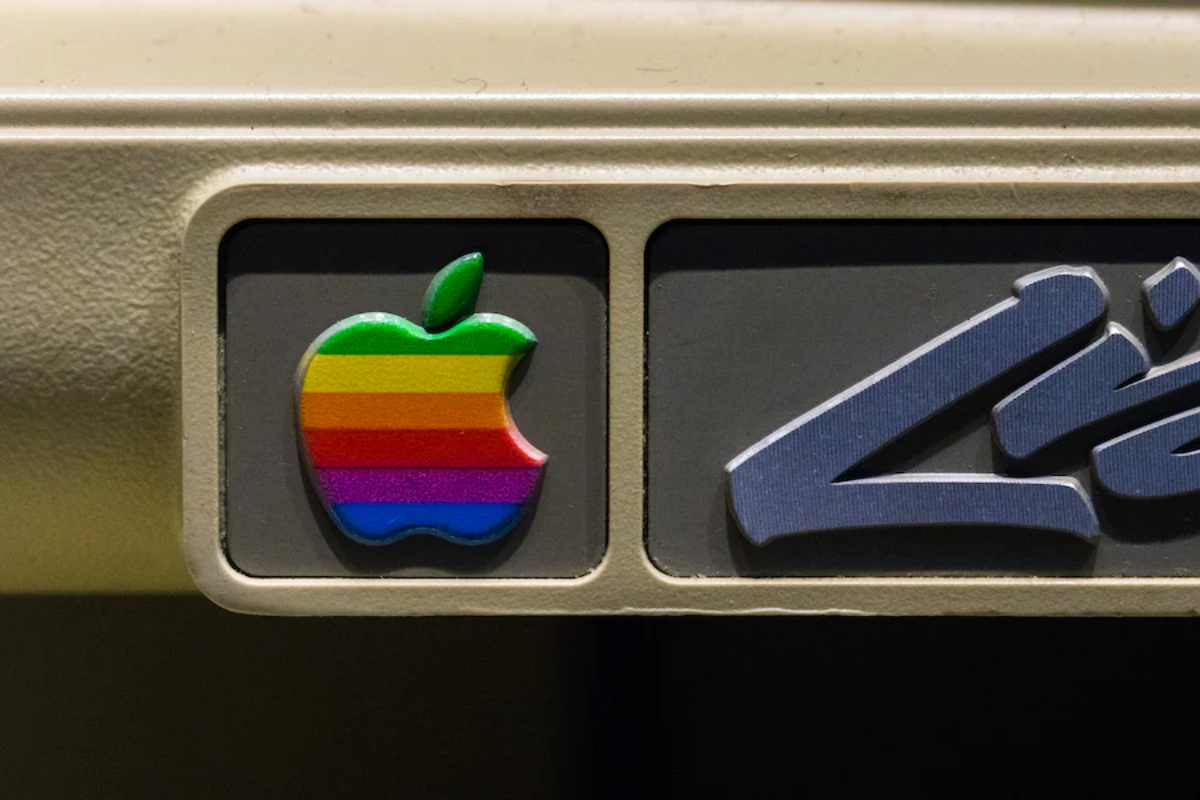The advancements in technology are affecting every branch as we know it. Sports are not exempt, and just as their rules and achievements evolve, so does the tech involved in them.
The fusion of sports and tech happened a long time ago, but the evolution process from such a fusion is improving as the years go by.
2024 will not be an exception, and some of the rapid advancements we’ll list below are only the tip of the iceberg.
Table of Contents
Toggle1. Sports Betting Tech
Betting in sports adds a new dimension of excitement to any match! Fans like to cheer for their favorite teams and predict the outcome, best player, the exact minute of a goal, etc., whether recreationally or in a more dedicated manner.
Whatever the cause, betting tech has allowed fans to predict outcomes via their mobile phone (and any other gadgets) at any time and anywhere.
By choosing any of these platforms, which follow the latest tech trends set by the industry, players can test their knowledge and predictions for their team games.
Modern sports betting tech allows live streams, minute-by-minute betting, interactive quotas, and faster payouts.
In 2024, fans can also expect advanced prediction tools and the implementation of AI and VR augmentations for games. All of which will bring them closer to the field and better results!

2. Enhanced Fan Engagement
Fan support for any sports team is the extra player on the field. Cheer, boasting, and wishing for success can have a profound psychological impact on the team and sports fans.
Hearing your fans roar from the bleachers gives that extra wind when needed, and modern tech is here to follow.
Social media platforms have long been at the forefront of fan engagement in sports, offering fiery fans a chance to like, love, comment, and share their moments with the entire team or a specific player.
In 2024, we could see more VR implementations, where selected fans can appear “live” in the stadium via VR and interact with their stars.
Live streams projected into VR or on screens can offer unmatched interactivity, where any fan can appear directly on the field from any place in the world.
3. AI Integrations
The genie is out of the bottle, and AI is here to stay. All we have to decide now is how to use it to our advantage. AI, as a tool, can analyze large quantities of data and calculate the optimal result.
While accurate prediction still relies on human gut feeling, experience, and overall impression, having concrete data to back up any decision-making process is useful.
AIs can congregate previous data and extrapolate any info players, fans, coaches, and analysts could need for their decisions.
Team strategies will be enhanced by letting AI analyze player movement, ball position, scores, injuries, behavior, and actions. The more info we feed into any AI, the more accurate the outcome will be.
Sports like NASCAR and other competitive racing have advanced AIs built into their racing cars or other vehicles, allowing the computer to control complex mechanisms and letting the drivers focus solely on the race.
4. E-tournaments
When we talk about sports, many of us might immediately picture a field, or a track, with athletes competing directly and physically.

As we’ve said, technology has integrated itself into sports, and both are evolving together, where e-sports are an excellent example of such collaboration.
In 2023, projections aim that the entire e-sports market worldwide will reach a revenue of $ 3.8 billion, with an 8.62% year-by-year growth projection.
Such expansive growth is only made possible with the rise and advances of technology, where e-athletes can compete in more games and organize more interactive tournaments.
Direct streams, gamer vision, and e-sports bookmakers are all on the rise, and more tournaments in various games are happening on all scales.
Whether it’s a popular and large-scale tournament like PUBG Mobile, League of Legends, or Dota2, or a smaller-scale and localized tournament, e-sports have found their niche, which has grown so much it will soon lose that tag and evolve into something much larger.
5. Stronger Data Security
With all the personal and professional data involved in modern sports, data security, and its improvements are always relevant.
Starting from personal info coming from any sports fan, sports organizations must strive towards data protection and privacy.
Consumer data can contain a myriad of personal info, which is stored and processed by their respective teams and associated companies. An entire brand depends on how they handle such trust confined by their fans.
On the pro sports side of things, each athlete has their data harnessed into data centers, and teams rely on the safety and accuracy of all the data they have.
Statistics, predictions, and strategies are all made based on such info, so protecting and ensuring it does not fall into the wrong hands goes hand-in-hand with technological advancements.
In the same way as players train, so must all participants enroll in cyber training for optimal results.

6. VR Training
Regarding training, technological advancements in sports offer new and innovative ways for players to hone their reflexes, and improve their mind and body.
VR motion learning technology allows players to train without setting foot in a field or on track.
3D sensor technology can simulate realistic conditions as they are on the field, and interactive VR technology with cutting-edge graphics is there to provide immersion.
Tennis, golfing, skiing, and racing, can all benefit, but even faster sports with plenty of players, like football and soccer, can be simulated.
The algorithm can predict player movement and simulate opponents based on past data, allowing for accurate simulations where a player can be put in any number of scenarios and practice for real-life events.
Technological advances are inevitable, and we can only ride the wave to reap the benefits. Teams and organizations that are fast to adapt and implement the latest trends are those who will stay on top.
Early adopters can thus gain the cutting edge and the upper hand against their opponents.
All is fair in love and war, and when teams step onto the playing field, those with more tech behind them will have a competitive advantage!











